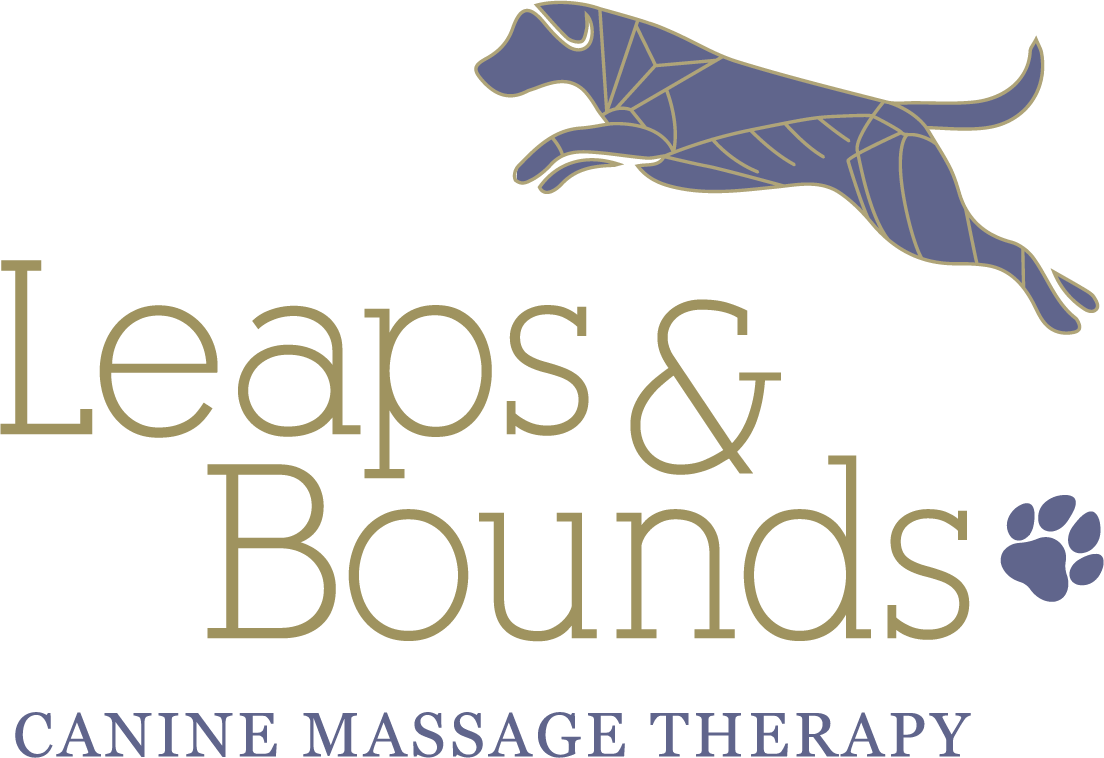Cruciate Ligament Sprain
The cruciate (‘cross over’ or ‘form a cross’) ligaments of the knee/ stifle (cranial and caudal) are tough fibrous bands of tissue that connect the femur to the tibia and provide support, holding the joint in place. However, these ligaments can tear which causes instability, this is called a cruciate ligament sprain.
There are 4 grades of cruciate ligament sprain. It is common that if one CL is torn the CL in the other knee will also ‘go’.
Grade I - A minimal tear or sprain of a ligament with a degree of internal haemorrhaging. This will improve with rest, lead walks and a review of the dog’s activities of daily living (ADLs). It can take up to 2-3 months to fully heal.
*A slight twist of the stifle with a Grade I can cause a Grade II tear.
Grade II - A partial tear of the ligament. This can take 6 months to fully heal, and rest and lead walks will help recovery.
Grade III - Complete rupture of the ligament.
Grade IV - Ligament tears and takes with it small pieces of bone
Both Grades III & IV sprains require surgery and rehabilitation times after surgery can be around 3 to 6 months.
Causes:
Cruciate ligaments sprain can be due to acute trauma or degradation over time.
Ball chasing/ball launchers e.g. when the dog brakes to retrieve the ball an excessive twist or torque is applied to the joint causing massive stress
General wear & tear
Breed Predisposition e.g. Boxers, Collies, Labradors, Newfoundlands, Rottweilers, West Highland Terrier
Landing from a jump incorrectly
Stepping down a hole
Breed conformation
Trauma
Living on slippery floors
Obesity
Hormonal Imbalance
Symptoms:
Lame/Limping
Crying out in pain
Unable to rise from a prone position
Unable to weight bear equally
Not weight bearing at all
Inflammation/swelling/heat around capsule
Toes just touching the floor in semi flexion
Stifle held out (abducted) to the side when sitting/standing
How massage can help:
Post-surgery rehabilitation after TPLO/TTA
Aids in combating lymphoedema (swelling)
Helps areas of overcompensation on the unaffected leg – this is important as quite often when a dog has had an operation or injury on one stifle the other leg will be trying to take the weight which will result in compensatory muscle tension making that unaffected leg more prone to the same injury
Reduces inflammation
Promotes mobility
Significantly improves comfort levels
Pain management
Helps with back, neck and shoulder pain due to the dog having to adjust their gait and posture to cope with the injury
Illustration of a healthy and a compromised ligament by Samantha Elmhurst. Please note that Leaps & Bounds Canine Massage therapy is not affiliated with Samantha Elmhurst.

